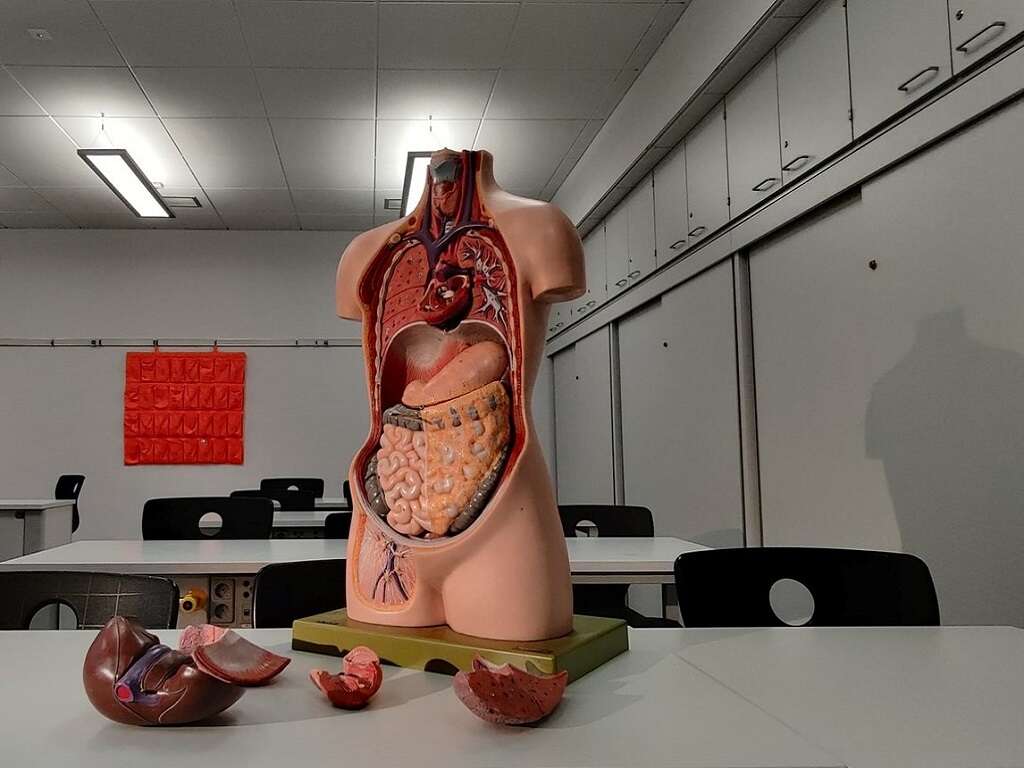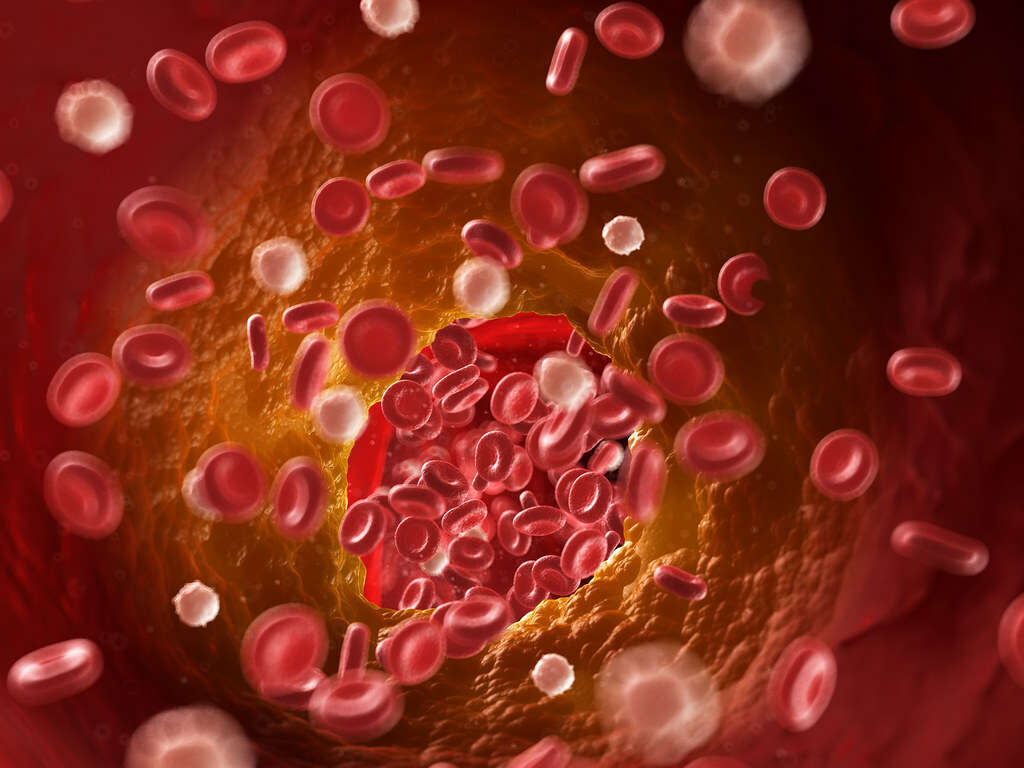What Is Ischemia?
9. Acute Limb Ischemia
Acute limb ischemia occurs when there is a sudden obstruction to the vessels that supply the limb due to a blood clot. Patients with acute limb ischemia generally experience pain, paresthesia (numbness, tingling, burning), pallor, paralysis, pulselessness, and coldness in the affected limb. Investigations aim to determine the location of the occlusion, cause, and severity.
A Doppler evaluation can be used to show the severity and extent of the ischemia by visualizing the blood flow in the smaller arteries. Other investigations include magnetic resonance angiography (MRA), duplex ultrasonography, and computed tomography (CT) angiography. Treatment includes embolectomy and using medications such as streptokinase (thrombolytic) to help restore blood flow to the affected limb. Mechanical thrombolysis can also be performed.
Advertisement












